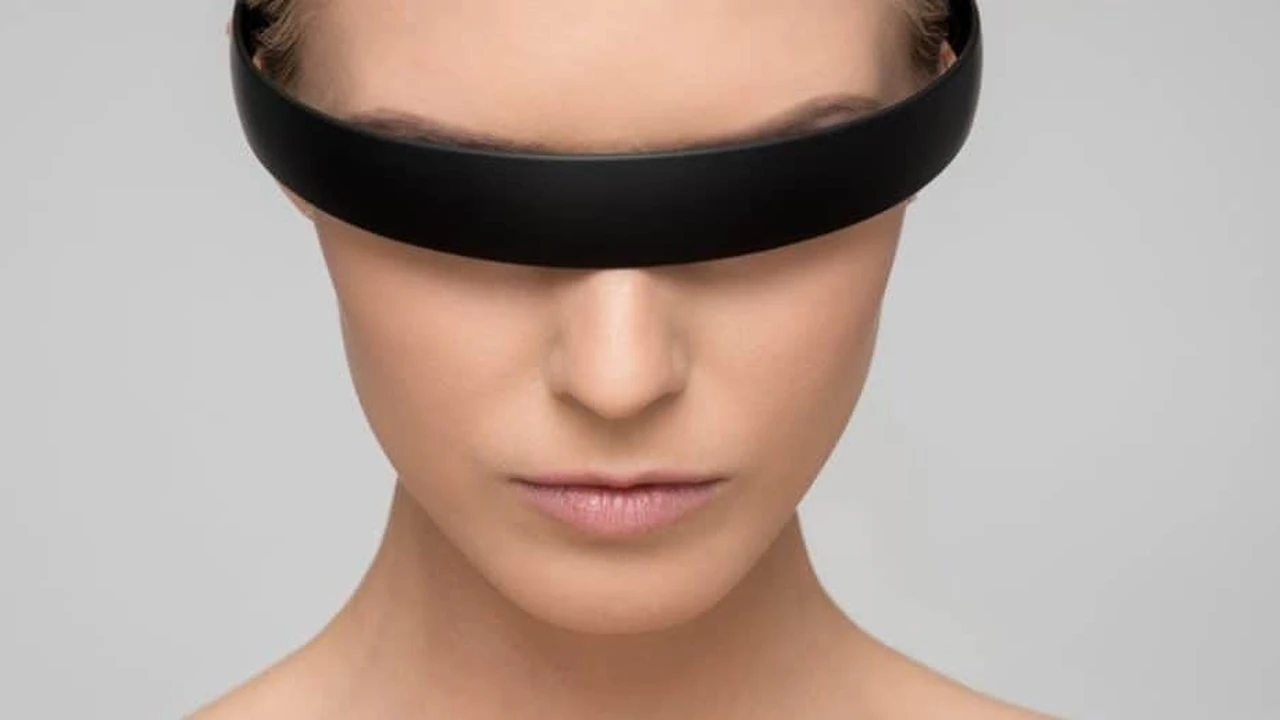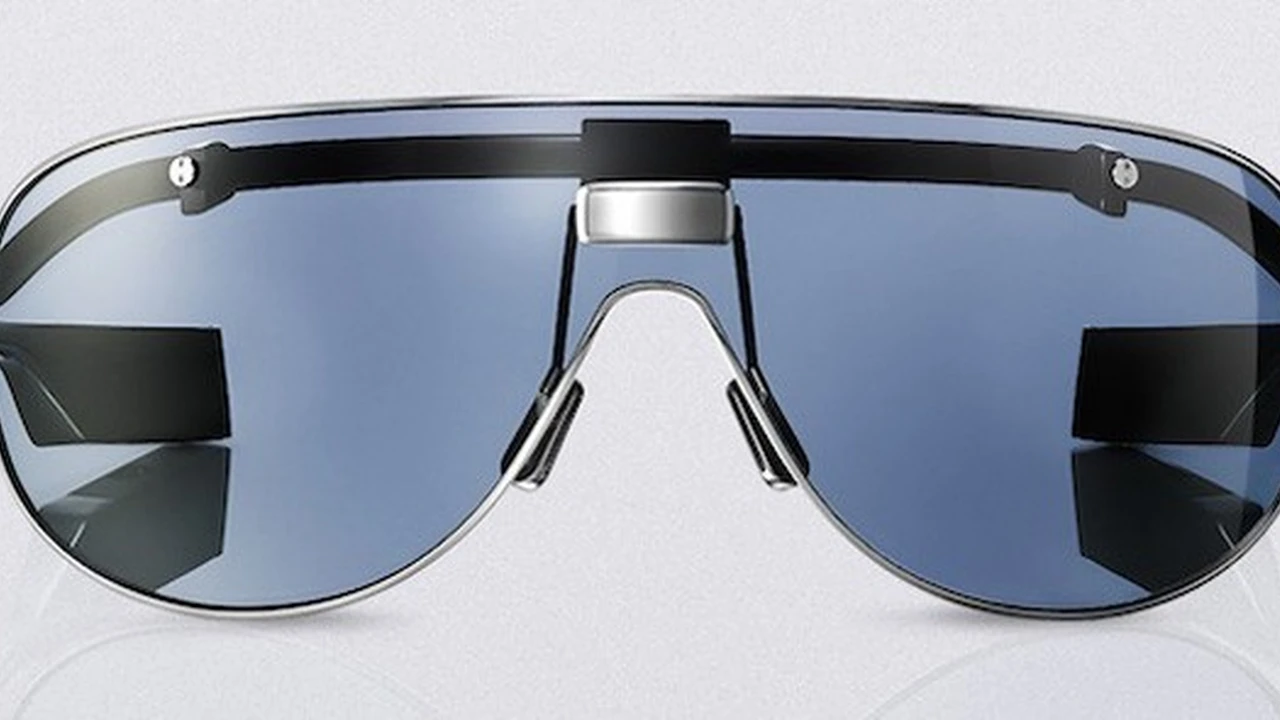Smart Glasses Buying Guide What to Look For
A comprehensive guide on what to consider when buying smart glasses, from features to compatibility.

Smart Glasses Buying Guide What to Look For
Hey there, tech enthusiasts and curious minds! So, you're thinking about diving into the world of smart glasses, huh? That's awesome! It's a rapidly evolving space, and picking the right pair can feel a bit like navigating a futuristic maze. But don't sweat it, because this guide is here to help you cut through the noise and find the perfect smart glasses for your needs. We're going to break down everything you need to consider, from the nitty-gritty tech specs to how they'll actually fit into your daily life. Let's get started!
Understanding Smart Glasses What Are They Anyway
Before we jump into what to look for, let's quickly define what we're talking about. Smart glasses are essentially wearable computing devices that look like regular eyeglasses but integrate technology to provide information or experiences directly into your field of vision, or through audio. They're not just for showing notifications; some offer augmented reality (AR) overlays, hands-free communication, health tracking, and even discreet photography. Think of them as a bridge between your digital world and your physical surroundings, all while keeping your hands free.
Key Features to Consider When Buying Smart Glasses
Alright, now for the good stuff. When you're shopping for smart glasses, there are several core features that you'll want to pay close attention to. These will largely determine how useful and enjoyable your smart glasses experience will be.
Display Technology and Visual Experience
This is arguably one of the most crucial aspects. How the information is displayed to you makes a huge difference. Are we talking about a tiny, monochrome display in the corner, or a full-color, immersive AR overlay? Different smart glasses use different display technologies, like micro-LED, OLED, or waveguide optics. Some project images directly onto the lens, while others use a small screen that you glance at. Consider the brightness, resolution, and field of view (FOV). A wider FOV means more immersive AR experiences, but it often comes with a higher price tag. For simple notifications or audio-focused glasses, a minimal display might be all you need. For AR applications, you'll want something more robust.
Audio Quality and Communication Features
Many smart glasses prioritize audio, acting as a hands-free extension of your smartphone for calls, music, and podcasts. Look for models with good quality speakers, often integrated into the temples, and clear microphones for voice commands and calls. Some use bone conduction technology, which can be great for keeping your ears open to your surroundings. Noise cancellation for both input and output can be a game-changer if you plan on using them in noisy environments. Think about how you'll use them: for casual listening, important calls, or perhaps even for navigation prompts.
Battery Life and Charging Convenience
Just like your smartphone, battery life is super important. There's nothing worse than your cool new gadget dying on you halfway through the day. Smart glasses battery life can vary wildly, from a few hours to a full day or more. Consider your typical usage patterns. Are you going to wear them all day, or just for specific tasks? Also, check out the charging method. Is it a proprietary charger, or a standard USB-C? Wireless charging is a nice bonus for convenience.
Design Comfort and Style
Let's be real, if they don't look good or feel comfortable, you're probably not going to wear them. Smart glasses come in a variety of designs, from sleek and subtle to more futuristic and noticeable. Think about your personal style and how they'll integrate with your wardrobe. More importantly, comfort is key. They sit on your face, so weight, balance, and fit are critical. Try them on if you can! Are they too heavy? Do they pinch? Do they slide down your nose? Remember, you might be wearing these for extended periods.
Connectivity and Compatibility
How do these smart glasses connect to the outside world? Most rely on Bluetooth to pair with your smartphone, acting as a secondary display or audio device. Some might have Wi-Fi for direct internet access or even cellular connectivity. Consider what devices you already own and ensure compatibility. Are they iOS or Android friendly? Do they have their own app ecosystem? The more seamlessly they integrate with your existing tech, the better your experience will be.
Privacy and Security Considerations
This is a big one, especially with cameras and microphones built into eyewear. Understand the privacy policies of the manufacturer. How is your data collected and used? Are there clear indicators when the camera is recording? For example, Ray-Ban Stories have a small LED light that illuminates when recording. Be mindful of how you use them in public and respect the privacy of others. Security features, like device locking and data encryption, are also important.
Durability and Water Resistance
Life happens, and sometimes that involves spills or unexpected rain. If you plan on using your smart glasses outdoors or in active environments, look for models with some level of water and dust resistance (IP rating). Durability is also a factor; are they built to withstand a few bumps and drops, or are they delicate pieces of tech?
Popular Smart Glasses Models and Their Use Cases
Now that we've covered the features, let's look at some specific products that are currently on the market. This will give you a better idea of what's out there and how different models cater to different needs.
Ray-Ban Stories For Casual Capture and Audio
Price Range: Approximately $299 - $379 USD
These are probably the most 'normal-looking' smart glasses out there, a collaboration between Meta and Ray-Ban. They're designed for casual photo and video capture (up to 60 seconds), listening to music, and taking calls. They integrate seamlessly with Facebook and Instagram for sharing. The audio quality is decent, and the cameras are surprisingly good for quick snaps. They come in various classic Ray-Ban styles, so they blend in well. The main use case here is hands-free content creation and audio consumption without pulling out your phone. They're not for AR overlays, but they excel at being discreet and stylish.
Amazon Echo Frames For Audio and Alexa Integration
Price Range: Approximately $269 - $289 USD
If you're deep into the Amazon ecosystem, Echo Frames might be for you. These are primarily audio-focused smart glasses with built-in Alexa. You can ask Alexa questions, control smart home devices, make calls, and listen to audio, all hands-free. They use open-ear audio, meaning you can hear your surroundings while listening. They're lightweight and come in a few different styles. The display is minimal, just a small LED for notifications. Their strength lies in their seamless integration with Alexa and their focus on audio convenience. They're great for someone who wants a discreet way to interact with a voice assistant throughout their day.
Nreal Air For Immersive Media Consumption
Price Range: Approximately $379 USD
The Nreal Air are a different beast. These are primarily designed for media consumption, offering a large, immersive virtual screen that floats in front of you. You connect them to your smartphone (Android or iPhone with an adapter) or other compatible devices, and they essentially act as a portable monitor. You can watch movies, play games, or even do some light productivity work on a 'big screen' anywhere. They're lightweight and relatively comfortable for their capabilities. They don't have cameras or microphones for calls, focusing purely on the visual experience. If you're a frequent traveler or commuter who loves watching content on the go, these are a strong contender.
Vuzix Smart Glasses For Enterprise and Industrial Use
Price Range: Varies widely, often $1,000+ USD for enterprise models
Vuzix offers a range of smart glasses, but many of their popular models, like the Vuzix Blade or M400, are geared towards enterprise and industrial applications. Think remote assistance, workflow guidance, and data visualization in warehouses or factories. They often feature robust displays, powerful processors, and durable designs. While some consumer-oriented models exist, their core strength is in professional settings where hands-free access to information and communication is critical. They might be overkill for casual users, but for businesses, they offer significant productivity gains.
Google Glass Enterprise Edition 2 For Business Solutions
Price Range: Approximately $999 USD (for enterprise customers)
Yes, Google Glass is still around, but it's evolved significantly. The Enterprise Edition 2 is not for consumers; it's specifically designed for businesses to improve efficiency in various industries like manufacturing, logistics, and healthcare. It features an improved camera, better battery life, and a more powerful processor than its consumer predecessor. It's used for things like remote expert assistance, training, and quality assurance. If you're a business looking for a robust, hands-free solution for your workforce, this is a serious option.
Factors to Consider Beyond the Specs
Beyond the technical specifications, there are a few other practical considerations that will influence your buying decision.
Your Intended Use Case What Do You Need Them For
This is perhaps the most important question. Are you looking for a discreet way to listen to music and take calls? Do you want to capture photos and videos hands-free? Are you interested in augmented reality experiences? Or do you need a tool for professional use? Your primary use case will narrow down your options significantly. Don't buy AR glasses if all you want is audio, and don't expect enterprise-level features from a pair of fashion-forward smart glasses.
Budget Considerations How Much Are You Willing to Spend
Smart glasses can range from a few hundred dollars to several thousand. Set a realistic budget before you start shopping. Generally, more advanced features like full-color AR displays, powerful processors, and robust build quality will push the price higher. Entry-level models often focus on audio and basic notifications.
Prescription Lens Compatibility For Vision Correction
If you wear prescription glasses, this is a critical point. Many smart glasses offer options for prescription lenses, either by allowing you to swap out the demo lenses for your prescription, or by offering clip-on inserts. Make sure to check if your chosen model supports this, and what the process and additional costs might be. Some brands partner with optical providers to make this process easier.
Ecosystem and App Support What Software Do They Run
Just like smartphones, smart glasses often operate within an ecosystem. Do they have their own app store? Do they integrate with popular apps you already use? The availability of useful applications can greatly enhance the functionality of your smart glasses. Some are more open, allowing third-party developers to create apps, while others are more closed and proprietary.
Future Proofing and Software Updates
Technology moves fast. Consider how 'future-proof' a pair of smart glasses might be. Does the manufacturer have a track record of providing software updates that add new features and improve performance? Regular updates can extend the lifespan and utility of your device significantly.
Where to Buy Smart Glasses Online and In-Store Options
Once you've got a few models in mind, where do you actually buy them? Online retailers like Amazon, Best Buy, and the manufacturers' own websites are common. For some enterprise-focused models, you might need to go through a specialized distributor. If possible, try to find a store where you can physically try on the glasses. Comfort and fit are incredibly personal, and what looks good on paper might not feel right on your face. Plus, seeing the display in person can give you a much better idea of the visual experience.
Setting Up and Using Your New Smart Glasses Getting Started
So, you've made your choice and your new smart glasses have arrived. What next? Most smart glasses will require you to download a companion app on your smartphone. This app will guide you through the initial setup, pairing, and customization. You'll typically create an account, connect to Wi-Fi (if applicable), and configure settings like notification preferences, voice assistant activation, and camera controls. Take some time to explore the app and the various settings to personalize your experience. Don't be afraid to experiment with different features to see what works best for you.
Maintaining Your Smart Glasses Tips for Longevity
To keep your smart glasses in top shape, a little maintenance goes a long way. Always use a microfiber cloth to clean the lenses and frame, avoiding harsh chemicals that could damage coatings. Store them in their case when not in use to protect them from scratches and dust. Be mindful of extreme temperatures, as they can affect battery life and internal components. If they have an IP rating for water resistance, respect its limits and don't submerge them beyond what's specified. Regular software updates are also crucial for performance and security, so make sure to install them when prompted.
The Future of Smart Glasses What's Next
The smart glasses market is still relatively young, but it's growing rapidly. We're seeing continuous improvements in display technology, battery life, and processing power. The integration of more advanced AI, better augmented reality capabilities, and seamless connectivity with other smart devices are all on the horizon. Expect them to become even more discreet, powerful, and integrated into our daily lives. The line between traditional eyewear and smart eyewear will likely blur even further, making them an indispensable part of our personal tech arsenal.
Hopefully, this guide has given you a solid foundation for making an informed decision about your first (or next) pair of smart glasses. Happy shopping!
:max_bytes(150000):strip_icc()/277019-baked-pork-chops-with-cream-of-mushroom-soup-DDMFS-beauty-4x3-BG-7505-5762b731cf30447d9cbbbbbf387beafa.jpg)





